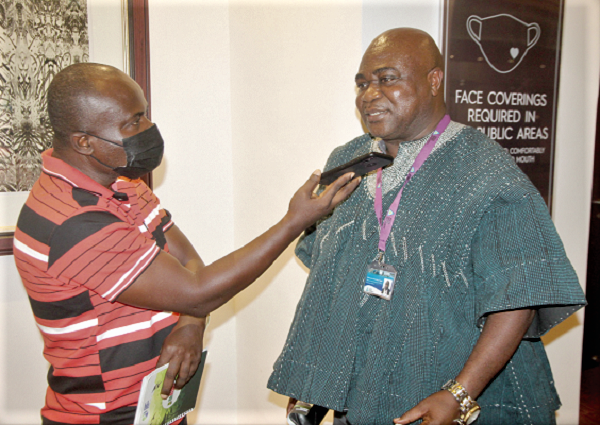
VRA completes feasibility studies for wind power
The Volta River Authority (VRA) has taken a giant step towards the establishment of a 75 megawatt (MW) wind farm in Ada in the Greater Accra Region for power generation.
This follows the completion of two-year feasibility studies on the construction of the facility, which paves the way for the installation of wind towers and a generating station this year.
Advertisement
Ghana’s first commercial wind farm will increase the VRA's capacity to supply power to homes and factories.
The Deputy Chief Executive of the VRA in charge of Finance, Dr Ebenezer Tagoe, who made this known in an interview with the Daily Graphic last Friday, said the project was being prepared for financing, and that once that was concluded, implementation would start by the last quarter of the year.
This year
“So, hopefully, this year we should see the implementation started,” he said.
The VRA has diversified its power generation portfolio to take advantage of available and sustainable sources of energy, mainly hydro and natural gas, liquefied petroleum products and renewables.
It owns a total installed electricity generation capacity of 2,519MW.
The two main hydro plants — the Akosombo and the Kpong Generating stations — have 1,020MW and 160MW, respectively. These are complemented by a 2.5MW solar PV plant in Navrongo in the Upper East Region and a 6.5MW solar PV plant in Lawra in the Upper West Region.
Conversion
Dr Tagoe said once established, the power generator would harness wind, which would be converted to energy as part of its renewable drive.
According to him, 75MW of power was a lot, looking at normal turbine generators, one of which was 110MW, and that once the second phase of 75MW was added, it would boost voltages in the area, as well increase the VRA’s renewable capacity.
He indicated that the talk now was about going renewable (going green), and that 75MW was a step in the right direction “because it increases our green energy and our renewable footprints, so it is very good for companies that require some green energy as part of their portfolio of power consumption”.
Asked whether or not the initiative would be expanded once the Ada project became successful, the Deputy VRA Chief Executive said other studies would be done in other parts of the country, maybe from the middle belt to the northern part.
“If it proves commercially viable, it will be done,” he said.
Cost
Regarding the cost of the wind studies, Dr Tagoe said wind speed studies cost a lot, as they traversed a two-year period.
“You must measure the wind day and night for two years, so that you can determine which areas have the highest wind speeds. This is because you want to site the turbines at places where wind speeds are highest.
“The more the wind turbine turns, the more energy is derived, and so you want an area where the wind will be able to turn the turbines very fast, so that a lot more energy can be generated,” he said.
Asked about the sustainability of such a project, he said it was very sustainable and reliable.




